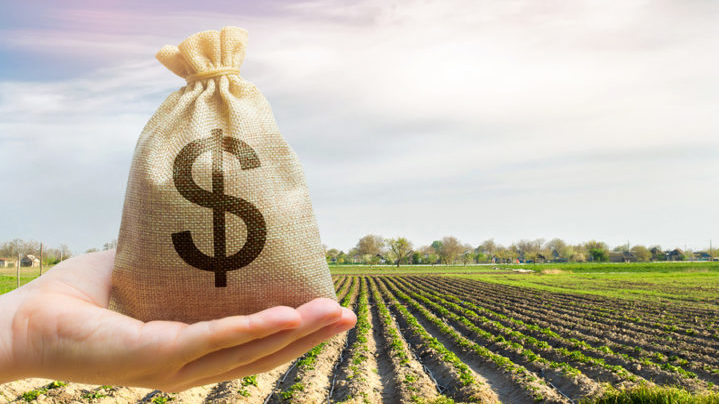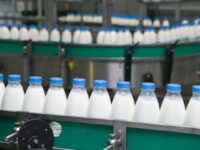Australia’s farmers are “moving confidently into 2024”, according to Rabobank’s newly-released annual outlook.
The agricultural bank says a combination of better-than-expected weather – a weaker-than-feared El Nino and good rainfall in major farming regions barring WA – and a reduction in input costs suggest a good year for farmers. And, despite commodity prices being “well down on the highs seen over the previous two years”, Rabobank’s experts are forecasting “continued positive farm margins in key agricultural sectors in 2024”.
The outlook does put forward a note of caution, however, with concerns about the volume of goods China is currently importing and the situation in the Middle East – the Israel/Hamas war and the terrorist attacks on vessles in the Red Sea – bringing the risk of higher shipping costs and freight delays.
“Grain farmers are set to plan more optimistically for the purchase of farm inputs and the upcoming planting period for winter crops like wheat, barley and canola,” the report’s lead author, RaboResearch general manager for Australia and New Zealand, Stefan Vogel, said. “Especially in the growing areas outside Western Australia, which was the only region that hasn’t received much rain.
“For beef and sheep producers, the outlook for farm-grown feed in the first half of 2024 overall looks more promising, allowing them to hold on to more of their livestock and go to market with heavier weight lambs for example,” Vogel added.
Price outlook
Although agricultural commodity prices are well below the highs reached in 2022, the Rabobank Rural Commodity Price Index indicates that prices will improve as the year progresses, getting close to the five-year average.
“Price developments will vary per sector,” Vogel said. “Grain prices are likely to remain under pressure, as markets globally and locally battle with a supply outlook for 2024 that is more plentiful than in past years. For a significant 2024 price upside for grain, the world would need to see weather-related supply shortages arise.”
With regard to beef and sheep prices, Vogel expects better prices for farmers in the first half of this year compared to the second half of 2023. And he believes that dairy commodity prices have “bottomed out” and should improve this year.
“Locally in Australia, while there will likely be some downward price pressure on some parts of the southern dairy region for new season milk from 1 July, domestic markets will provide ongoing support for farmgate prices, and the margin outlook for dairy farmers remains positive,” he said.
Better input costs
“Farm input prices globally – for fertilisers and plant protection products – are forecast to be below last season,” Vogel said. “As Australia imports most of those products and continues to work through local inventories, we remain confident that costs on farm will look better than last year.
“A good part of farm inputs available in Australia last season were still reflecting the cost of COVID and Black Sea war price shocks, but now lower global prices should make their way through to be reflected in Australian inventory,” he added, saying that Rabobank predicts that nitrogen fertiliser costs will fall decline by 10 to 20 per cent and phosphate by 10 to 15 per cent in 2024 in comparison with 2023 prices.
Agro chemical prices are also forecast to fall in 2024, due primarily to a “massive increase” in Chinese production capacity in the past three year.
Sustainability to the fore
Rabobank believe that emissions reductions will be a key area of focus in the immediate and long-term future.
“Supply chains are working on solutions, trials and testing consumers’ willingness to pay [for greenhouse gas emissions],” Vogel said. “On farm, most of the transitions are still to come, and more and more farmers seek to understand the emissions footprint of their operations and what changes to put in place.”















